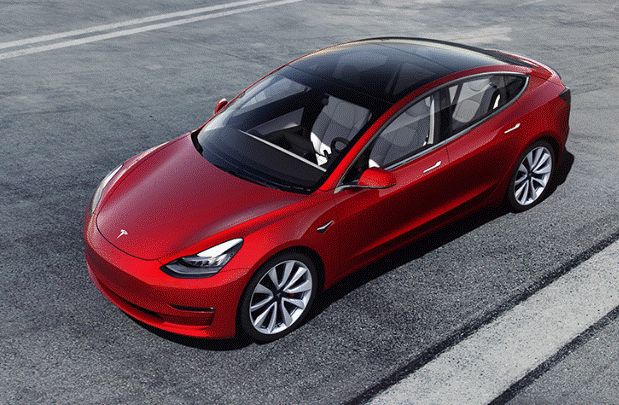

Elon Musk recently admitted that he put too much faith in industrial robots for manufacturing the Tesla 3. So, what are the ramifications for the rest of industry?
At one point not too long ago, the production line for Tesla’s latest Model 3 electric sedan had been widely considered to be the world’s most highly automated automotive assembly line, with literally hundreds of industrial robots for manufacturing replacing many of the human workers employed even in other highly automated auto assembly plants. Due to his somewhat misinformed belief that robots and automation were inherently better than human workers, Elon Musk, the company’s visionary CEO, purchased and installed hundreds of robots to automate final assembly, something that no other automaker had previously succeeded doing.

But, as Mr. Musk has since admitted, he went way overboard with automation and, ultimately, had to turn back to human assembly line workers to even be able to produce just 2,000 electric-powered Model 3’s per week, less than half the company’s initial goal for this more affordable, mass-market Tesla, which many analysts believe is critical if the company is to achieve critical mass. Mr. Musk claims that the Model 3, which sells for anywhere from $38,000 to $78,000 depending on how you equip it, will have “ten times the precision” of any other mass-produced car. Clearly, from the many examples seen on the road and around town in recent months, this is a beautiful, “crave-worthy” automobile.
Earlier this year, during a televised tour of the Model 3’s revamped Fremont production plant in California’s Silicon Valley, CBS This Morning co-host, Gayle King asked Mr. Musk whether the robots actually slowed production. “Yes, they did,” he admitted, “We had this crazy complex network of conveyor belts…and it was not working, so we had to get rid of the whole thing.”
The main lesson here, of course, is that you can’t just throw a lot of industrial robots or any other advanced automation at problems and expect the problems to go away. Robotics and automation can be powerful tools, but only if they are properly designed, applied, and implemented and, typically, only when they are used to supplement, rather than replace, human skills, knowledge, and intuition. The vision of using technology to create “lights out factories,” once the dream of GM executives and others back in the 60s and 70s, has been largely replaced by the vision to use technology to make humans more effective and productive. Japanese automakers appear to have the right idea. To get the most benefit from costly robots, they believe that the best approach is to first get the process right, and only then bring in the robots, and only when and where it makes sense to do so.
It’s significant to note here that Mercedes Benz in Germany, with a reputation for building some of the world’s finest automobiles, also experienced similar problems. According to a Financial Times article, the industrial robots were not agile enough to keep pace with the growing demand for customized products, while “humans can ‘reprogram’ themselves in a fraction of a second.” M-B is moving away from trying to maximize automation, relying more instead on people in its industrial processes and using collaborative robots to support those humans.
Tesla manufactures the special Lithium-ion batteries that power the Model 3 at the company’s huge, and also highly automated “Gigafactory” in Nevada. Production problems at this factory were partly responsible for the production delays. However, Tesla also blamed the robot manufacturer (Kuka) for some of its Model 3 production problems. But Kuka industrial robots have been used with considerable success at other automotive plants. For example, at a BMW plant in Munich, Kuka collaborative robots work side-by-side with BMW’s skilled human workers, lifting and positioning heavy components, and performing highly precise robotic welding operations.
The main takeaway here is that while robots and automation technology in general certainly have an increasingly important role in manufacturing, so do humans. And, thankfully, this is not likely to change anytime soon.

